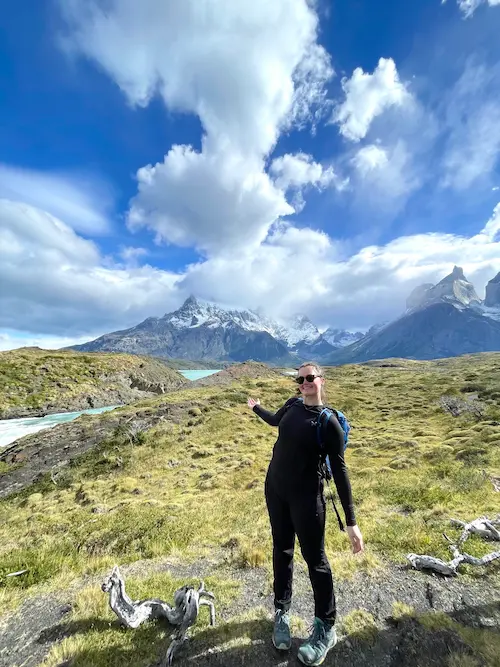Directed Research in Bocas
The start of our Directed Research projects has come up quickly here in Panama. The students have practiced various field methods throughout the semester and now they get to put their skills into action. Our faculty selected three topics they would like to study and the students are working in groups to create projects that fall under the Faculty’s research areas.
For the Tropical Coastal Ecology project, students are studying the cushion sea stars at Playa Estrella. Playa Estrella is one of the most popular tourist destinations in Bocas del Toro and has experienced an increase in visitors as well as development on the beach in the past few years. There are signs that tell tourists not to touch or move the sea stars as well as to be sure to remove all trash. However, if you search #playaestrella on Instagram, it is filled with photos of tourists holding sea stars out of the water. The TCE group is studying the impacts of tourism on the sea star populations. Each DR day, they go to Playa Estrella and conduct surveys using transects to collect data on the sea star abundance, size, and feeding behavior. They also observe sea star movement throughout the day in response to increased human presence on the beach. In addition to the surveys at the busy area of Playa Estrella, students collect surveys at a less visited area of the beach as well as nearby mangrove as control sites. Students hope to be able to determine if overall abundance patterns as well as sea star movements throughout the day the day are based on tourist interactions or on natural variables like food availability. As an added bonus, during the first day of DR alone, students saw an eel, a flying gurnard, cowfish and needlefish all along the transect line.
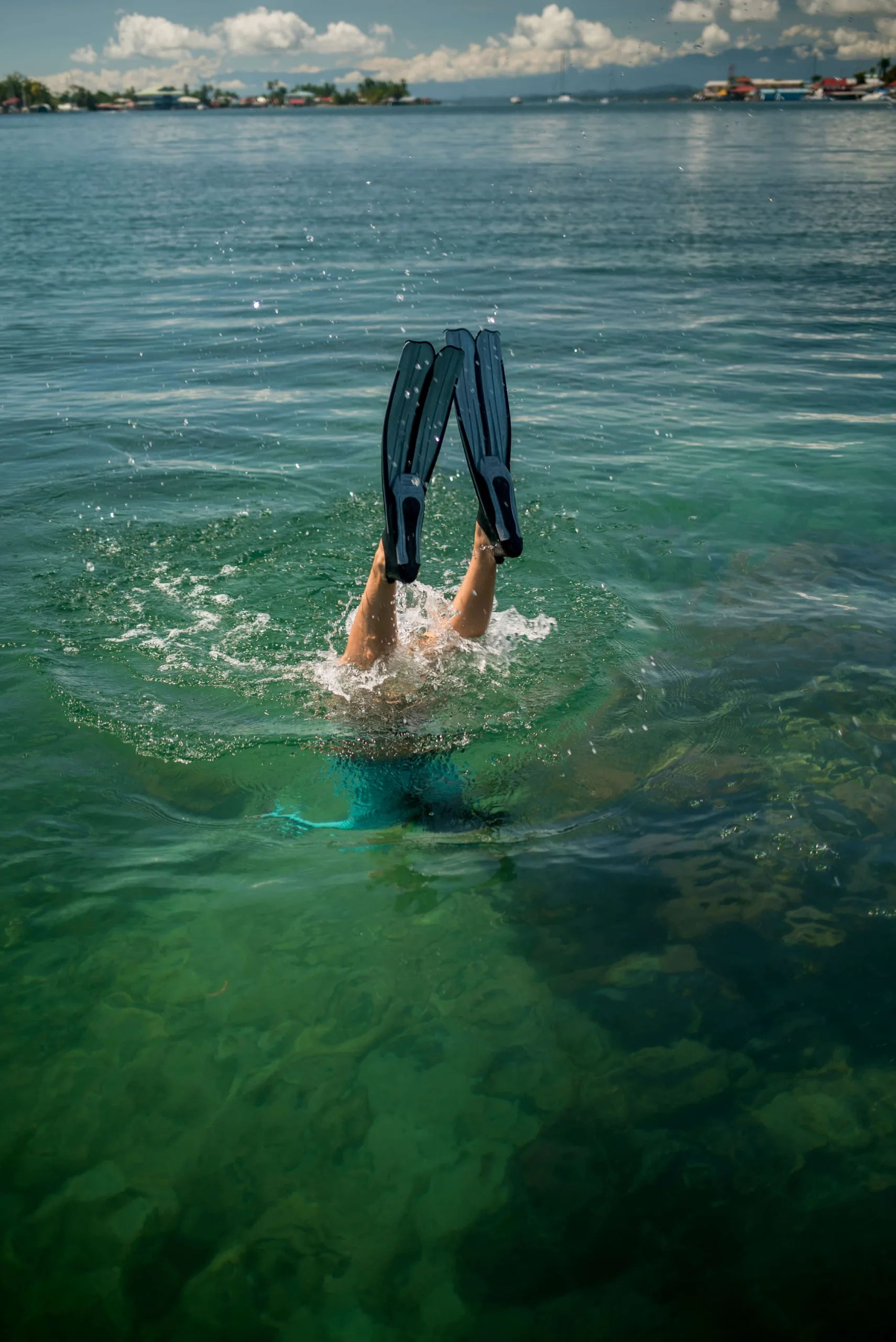
Photo courtesy of Anna Chahuneau
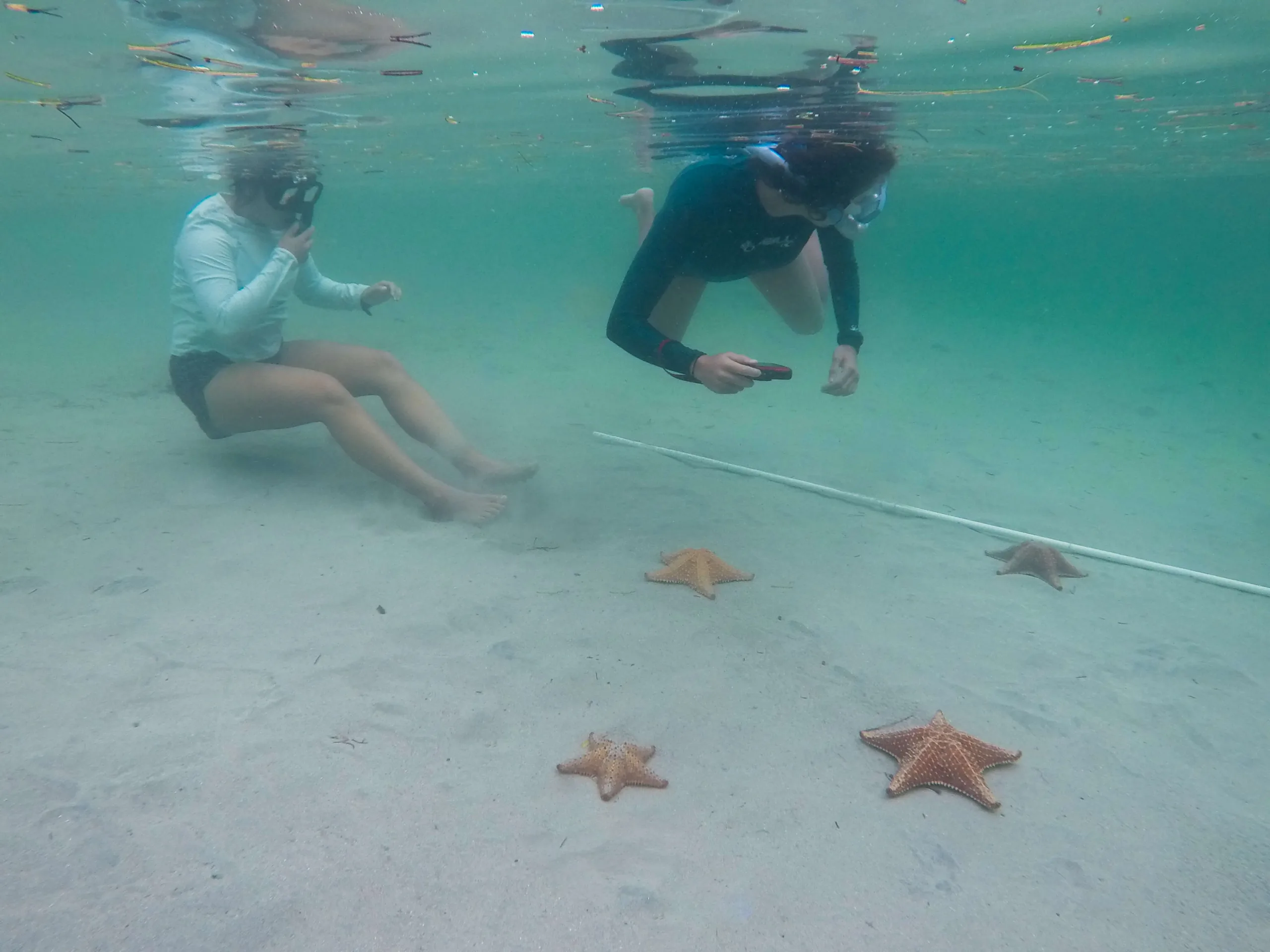
Photo courtesy of Anna Chahuneau

Photo courtesy of Anna Chahuneau
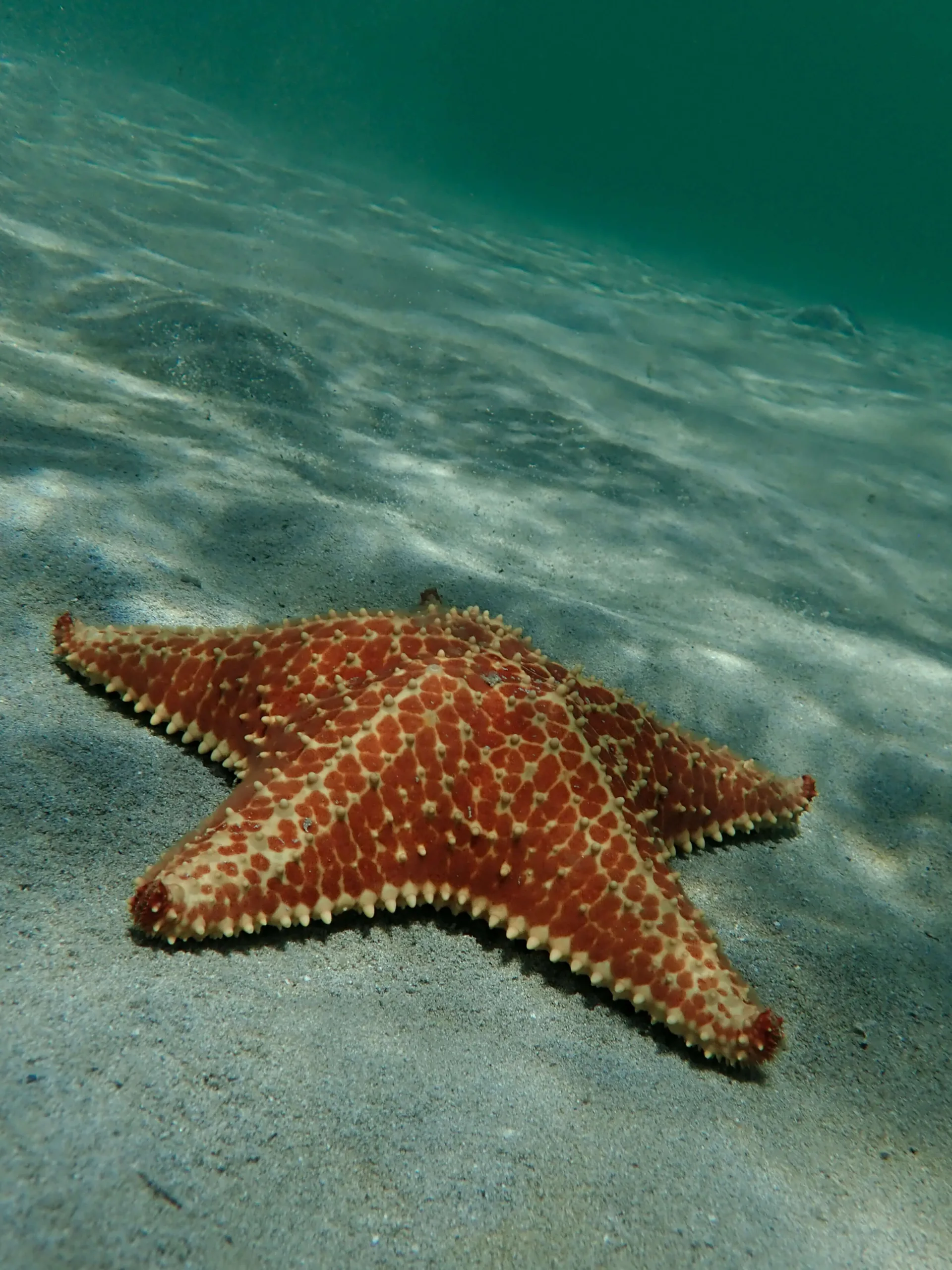
Photo courtesy of Anna Chahuneau
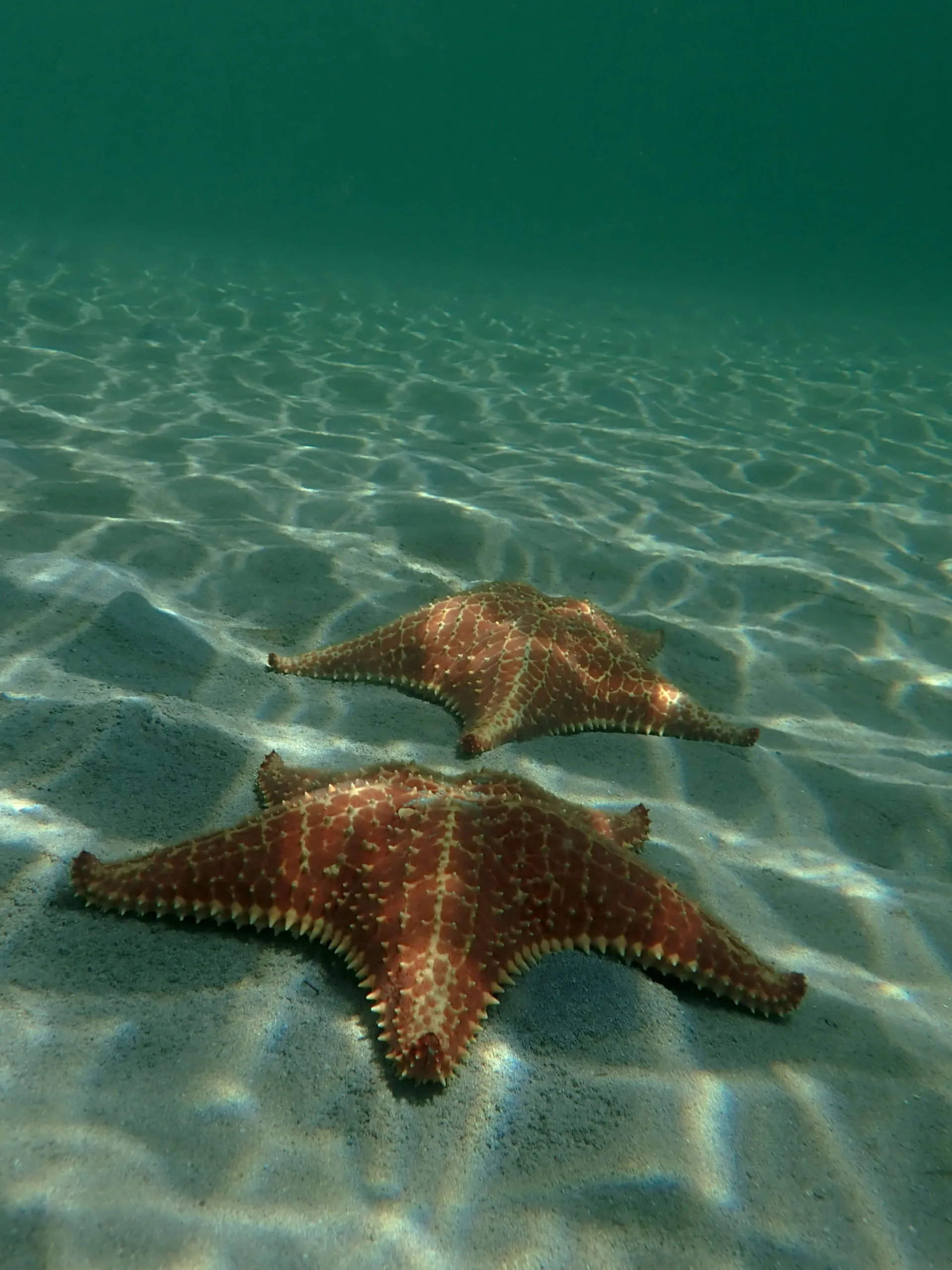
Photo courtesy of Anna Chahuneau
Around the corner, the PRM (Principles of Resource Management) group is also working at Playa Estrella. Their aim is to conduct a biodiversity assessment of the white mangroves on the edge of the beach. The overall goal is to assess ecosystem health and the impacts of tourism on the mangroves, since the beach goes right up to the edge of the forest. The project includes three main objectives: a) to observe population dynamics of several mangrove-inhabiting bio indicator species, b) to identify forest structure and function, including carbon sequestration, and c) to quantify solid waste. Each student within the group picked a different bio indicator, including ants, crabs, birds, mammals, reptiles, and amphibians. Additionally, the group is also determining forest structure, soil contents, and decomposition rate at sites with different levels of human disturbance. The PRM project gives the students a chance to use sampling techniques new to them. For example, to survey ants, traps need to be set. After a literature review, students found that the ideal ant bait would be a portion of protein and a portion of sugar, which translates into tuna fish and honey. While completely unappetizing to us, the students are hopeful the ants will find it enticing. Bait such as bananas, pineapple, and peanut butter, is also used to lure mammals to the motion capture camera set up at each of the survey sites. Other students are hand catching crabs and marking them to study their population through the mark and recapture method. Together, the results should give a good picture of what is going on in the Playa Estrella mangroves.
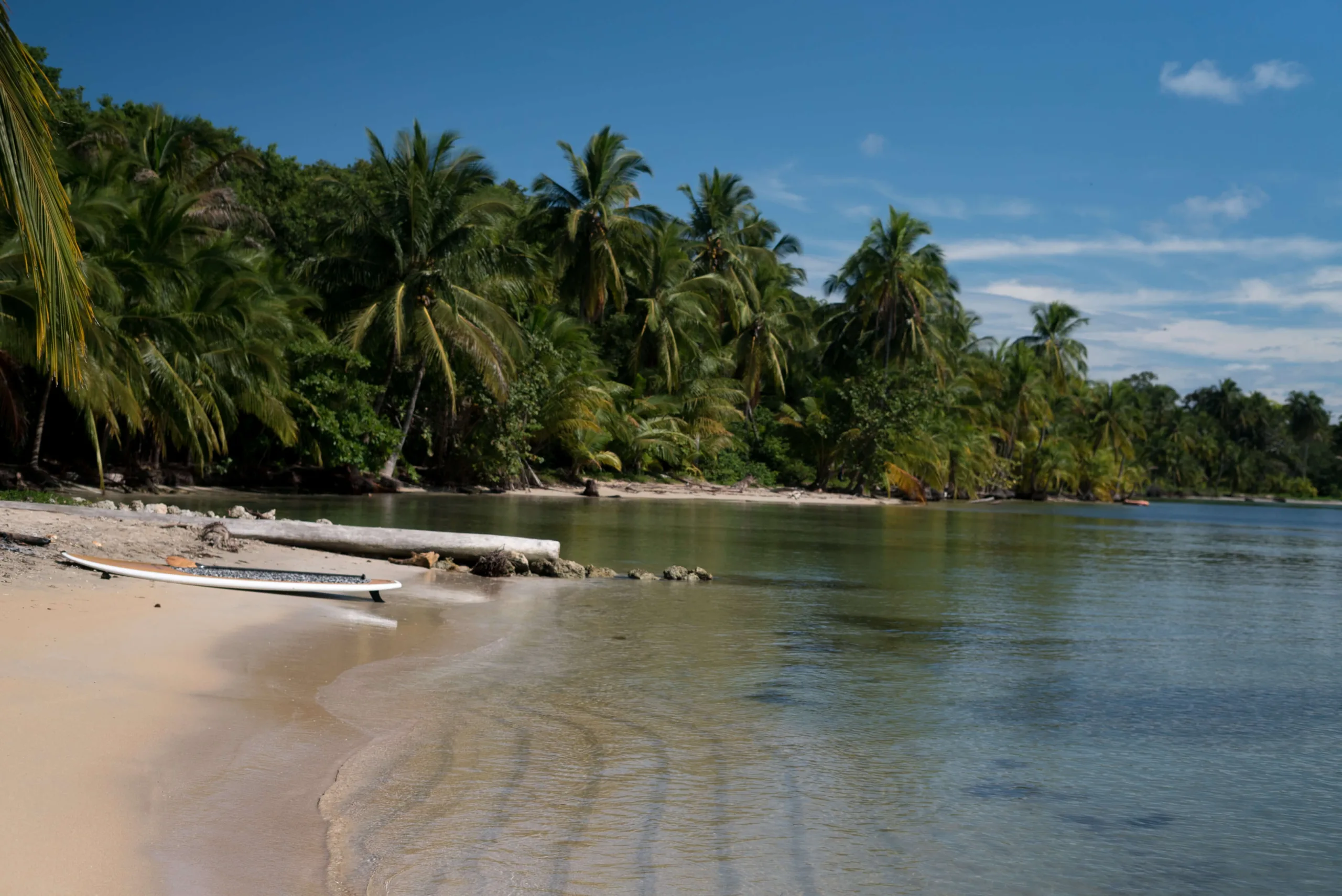
Photo courtesy of Anna Chahuneau

Photo courtesy of Anna Chahuneau
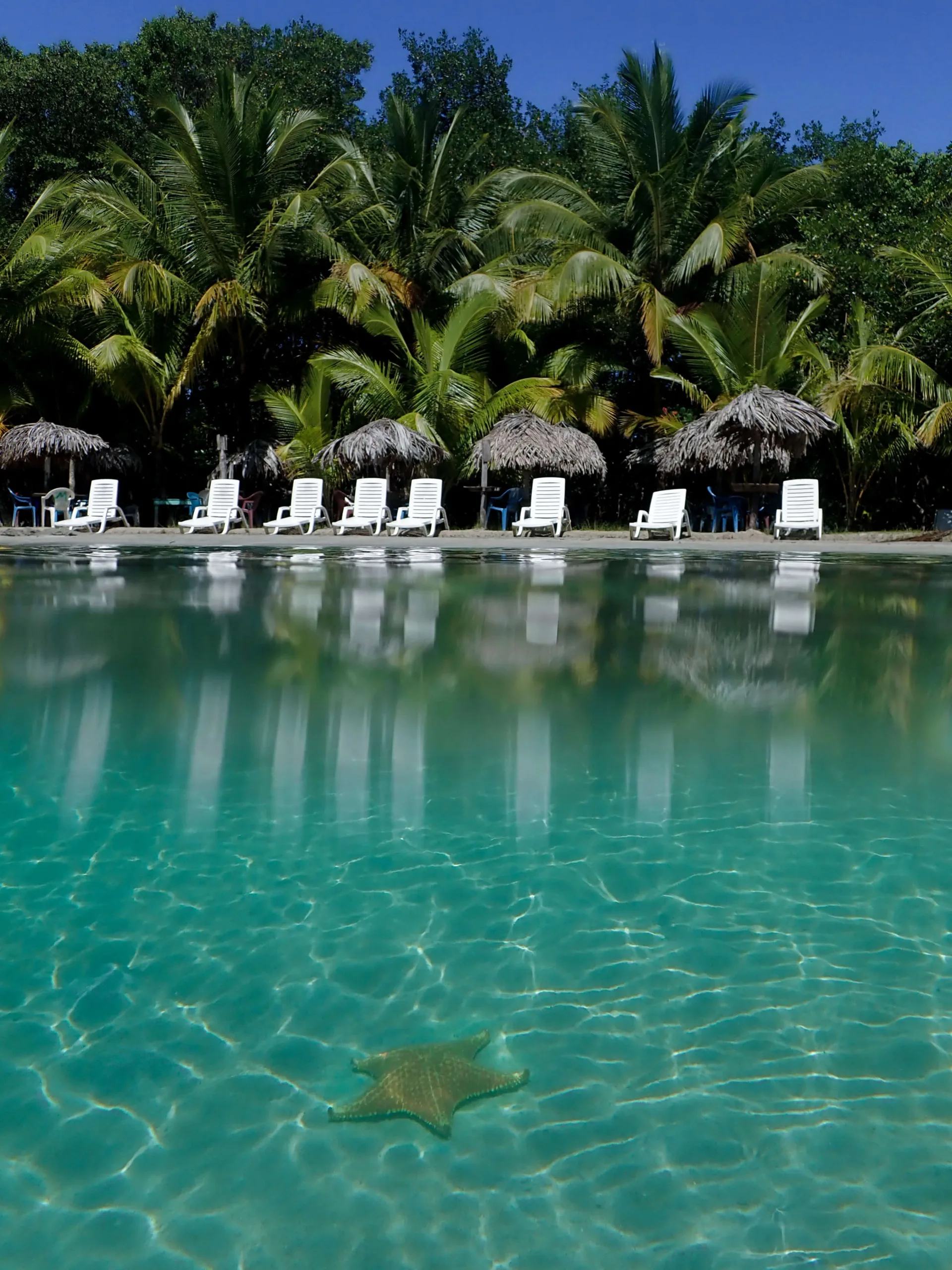
Photo courtesy of Anna Chahuneau
The EPSV group has a very different focus from the other two DR groups. They are studying indigenous tourism within the archipelago. Specifically comparing the perspectives of service providers and hotel operators in order to determine whether the perceived supply and demand are in alignment. To do this, the group will visit various indigenous tourism operators to both participate in their tour offerings and interview them on their operations. Students hope to gain an understanding of what challenges tourism operators are facing, how they view outside groups and demand for their services and how tourism is impacting their communities. Additionally, students will interview hotel operators to better understand why tourists choose different tours and how they decide which tours to offer.

Photo courtesy of Ana Furnari
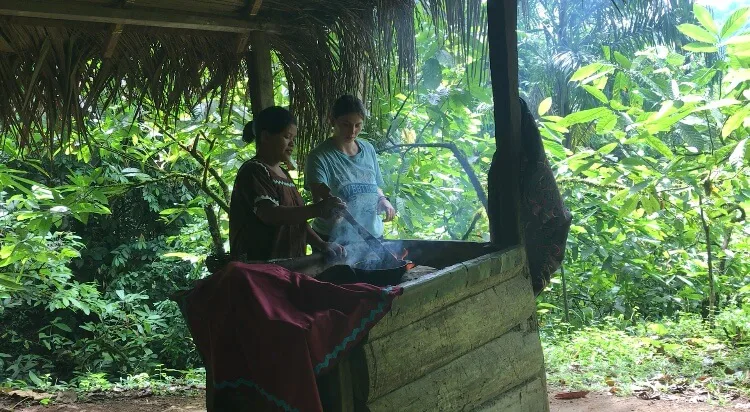
Photo courtesy of Ana Furnari
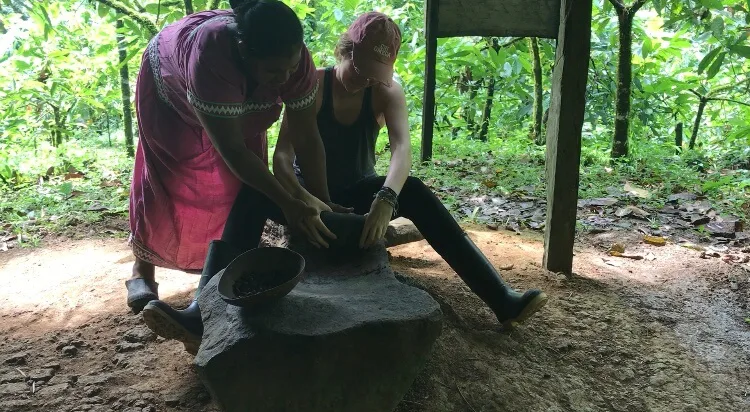
Photo courtesy of Ana Furnari
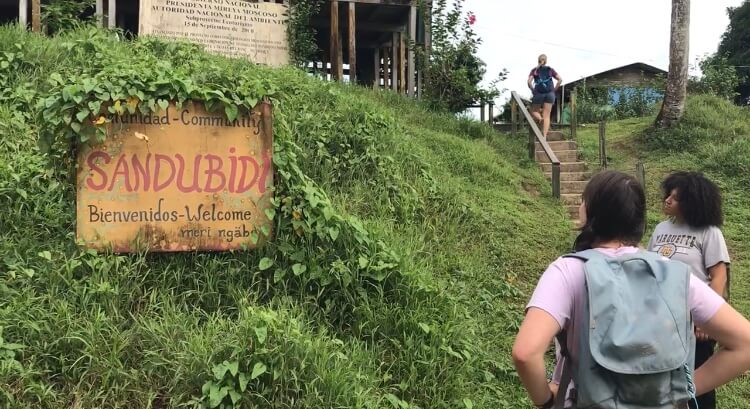
Photo courtesy of Ana Furnari
As a staff member, Directed Research is one of my favorite parts of the semester. It is exciting to see how our students take what they learned during their academic courses and apply it in a field context. Having the opportunity to take a project through the entire process from proposal to data collection to analysis to presentation is so fantastic to watch. Additionally, students have spent the first two months of the program together essentially 24/7 and DR sends them in different directions. Dinner becomes one of the highlights of the day when all the students come back together and swap stories from their time in the field. Directed Research is truly the center of what makes the SFS program so special.
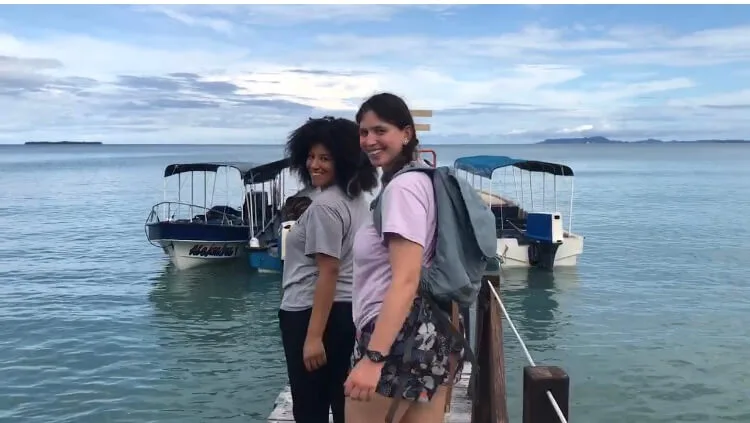
Photo courtesy of Ana Furnari

Photo courtesy of Ana Furnari
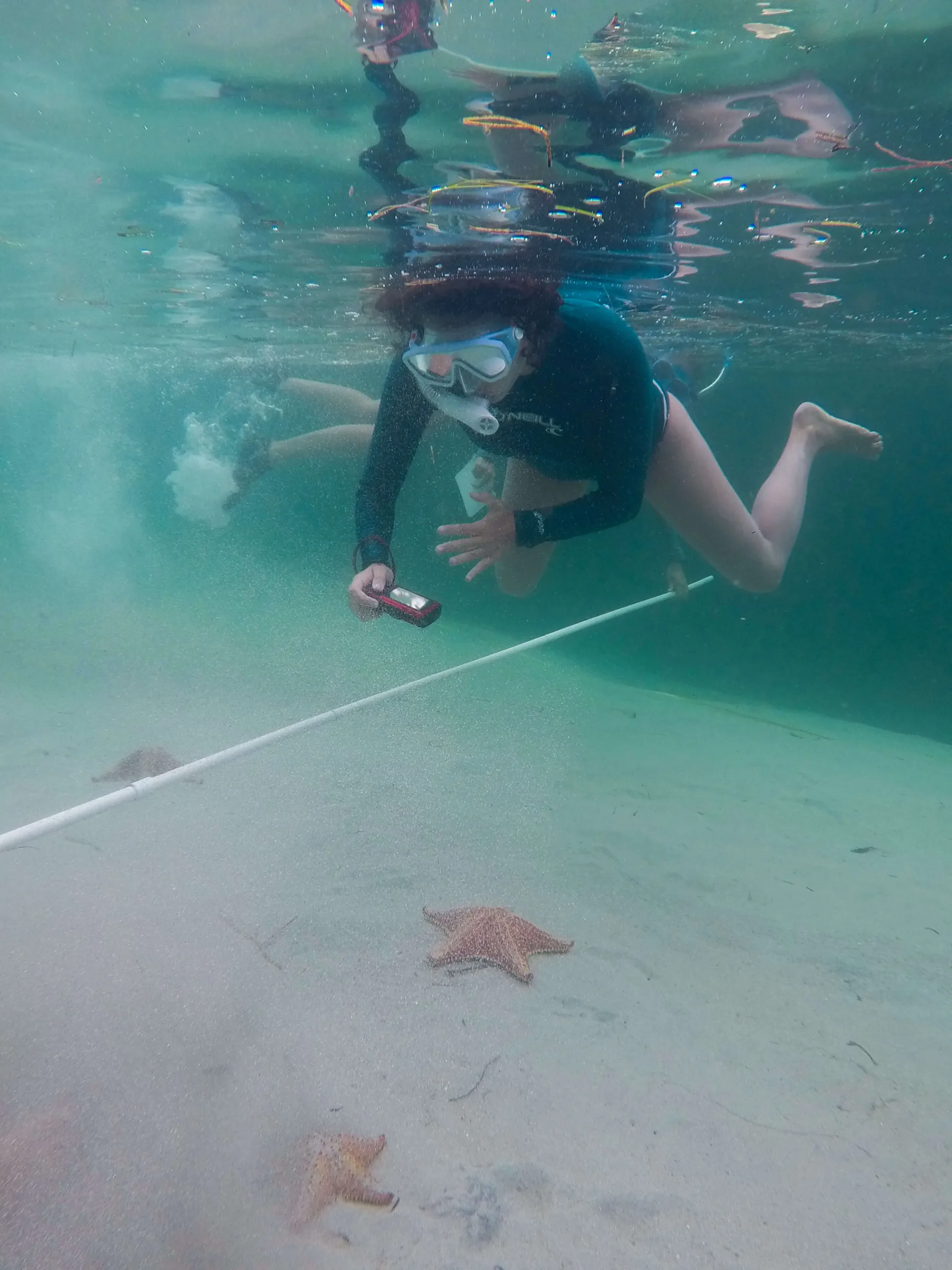
Photo courtesy of Anna Chahuneau

Photo courtesy of Anna Chahuneau
Related Posts


